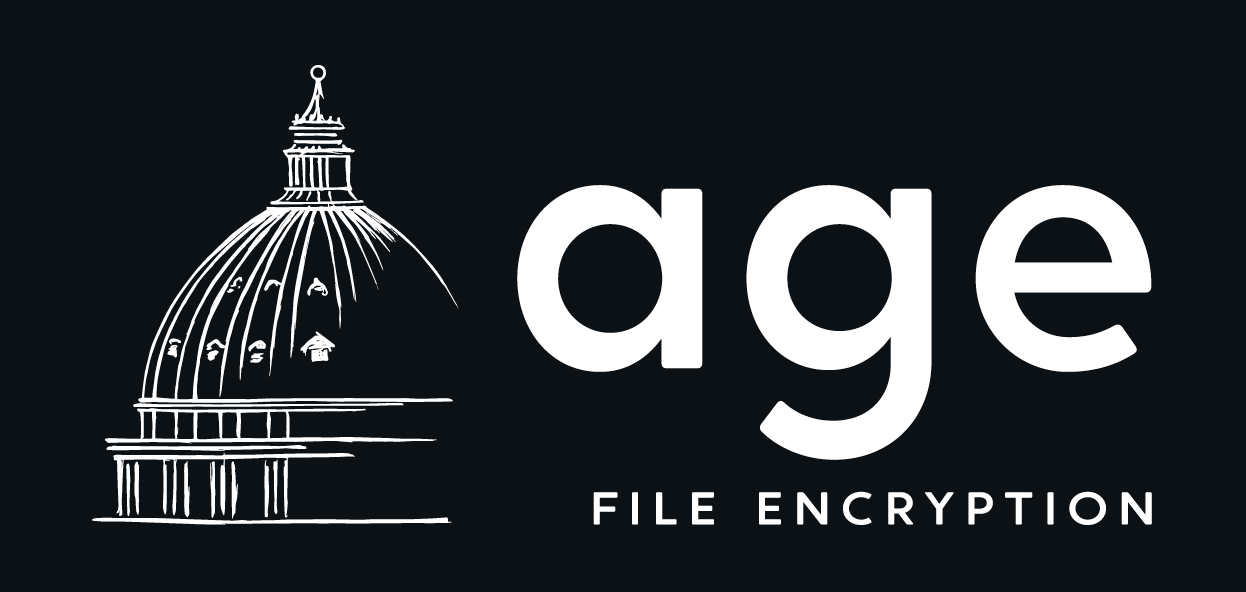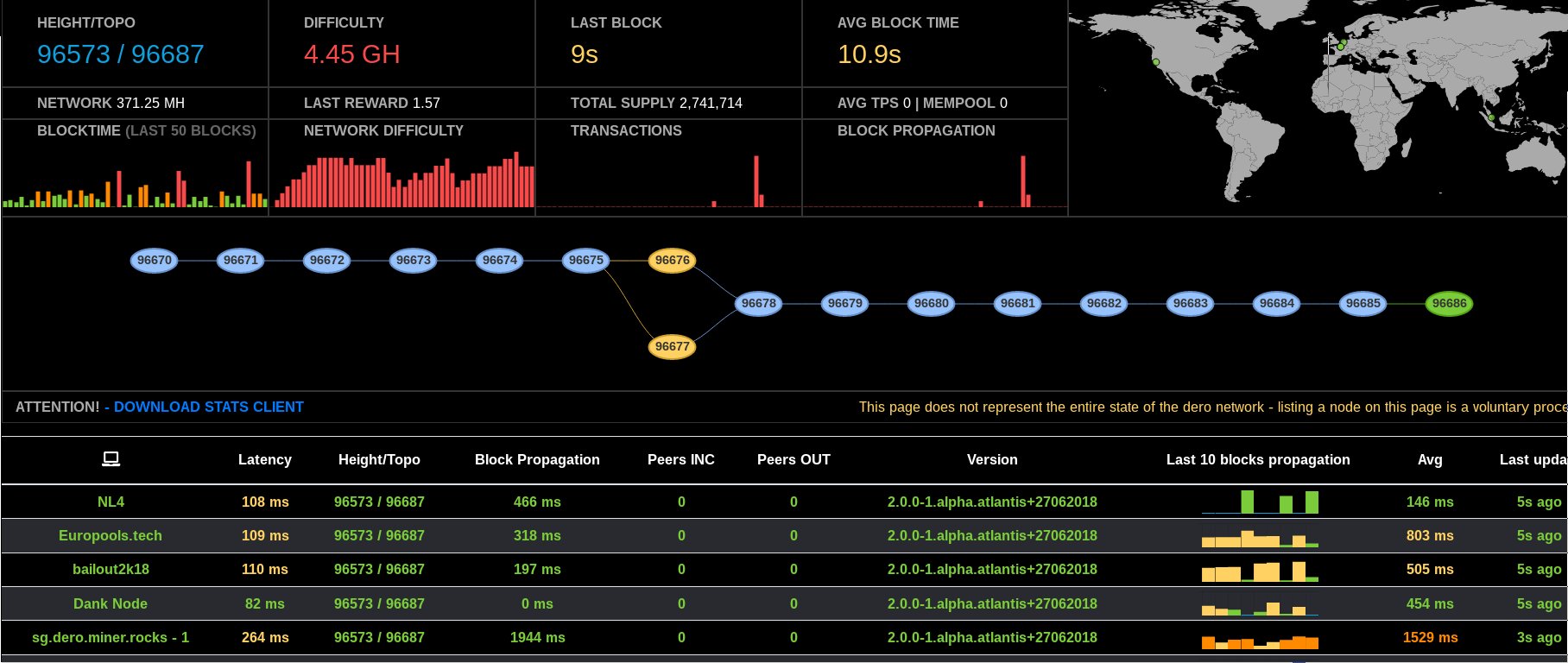Format Preserving Encryption in Go
An implementation of the NIST-approved FF1 and FF3-1 algorithms in Go.
This implementation conforms (as best as possible) to Draft SP 800-38G Rev. 1. The implementation passes all tests specified by NIST in their Cryptographic Standards and Guidelines examples for FF1; however, no official examples/samples exist (or are known) for FF3-1. FF3 is not implemented as NIST has officially deprecated its use in light of recent cryptanalysis performed on it.
Testing
To run the tests:
$ go test
As described above, the unit tests for FF1 come from the NIST guidelines. As no such guidelines are available for FF3-1, the unit tests verify only that the encryption and decryption implementations are compatible with each other.
Documentation
$ go doc -all
About alphabets and the radix parameter
The interfaces operate on strings, and the radix parameter determines which characters are valid within those strings, i.e. the alphabet. For example, if your radix is 10, then the alphabet for your plain text consists of the characters in the string "0123456789". If your radix is 16, then the alphabet is the characters in the string "0123456789abcdef".
More concretely, if you want to encrypt, say, a 16 digit number grouped into 4 groups of 4 using a - as a delimiter as in 0123-4567-8901-2345, then you would need a radix of at least 11, and you would need to translate the - character to an a (as that is the value that follows 9) prior to the encryption. Conversely, you would need to translate an a to a - after decryption.
This mapping of user inputs to alphabets defined by the radix is not performed by the library and must be done prior to calling the encrypt and after calling the decrypt functions.
A radix of up to 36 is supported, and the alphabet for a radix of 36 is "0123456789abcdefghijklmnopqrstuvwxyz".
Tweaks
Tweaks are very much like Initialization Vectors (IVs) in "traditional" encryption algorithms. For FF1, the minimun and maximum allowed lengths of the tweak may be specified by the user, and any tweak length between those values may be used. For FF3-1, the size of the tweak is fixed at 7 bytes.
Plain/ciphertext input lengths
For both FF1 and FF3-1, the minimum length is determined by the inequality:
- radixminlen >= 1000000
or:
- minlen >= 6 / log10 radix
Thus, the minimum length is determined by the radix and is automatically calculated from it.
For FF1, the maximum input length is
- 232
For FF3-1, the maximum input length is
- 2 * logradix 296
or:
- 192 / log2 radix
Examples
The unit test code provides the best and simplest example of how to use the interfaces.
FF1
// K is a slice containing the key
// T is a slice containing the tweak
// tweak length is unbounded
// r is the radix
ff1, err := NewFF1(K, T, 0, 0, r)
if err != nil {
...
}
// PT is a slice containing the plaintext
CT, err := ff1.Encrypt(PT, nil)
if err != nil {
...
}
PT, err = ff1.Decrypt(CT, nil)
if err != nil {
...
}
FF3-1
// K is a slice containing the key
// T is a slice containing the tweak
// r is the radix
ff3_1, err := NewFF3_1(K, T, r)
if err != nil {
...
}
// PT is a slice containing the plaintext
CT, err := ff3_1.Encrypt(PT, nil)
if err != nil {
...
}
PT, err = ff3_1.Decrypt(CT, nil)
if err != nil {
...
}



